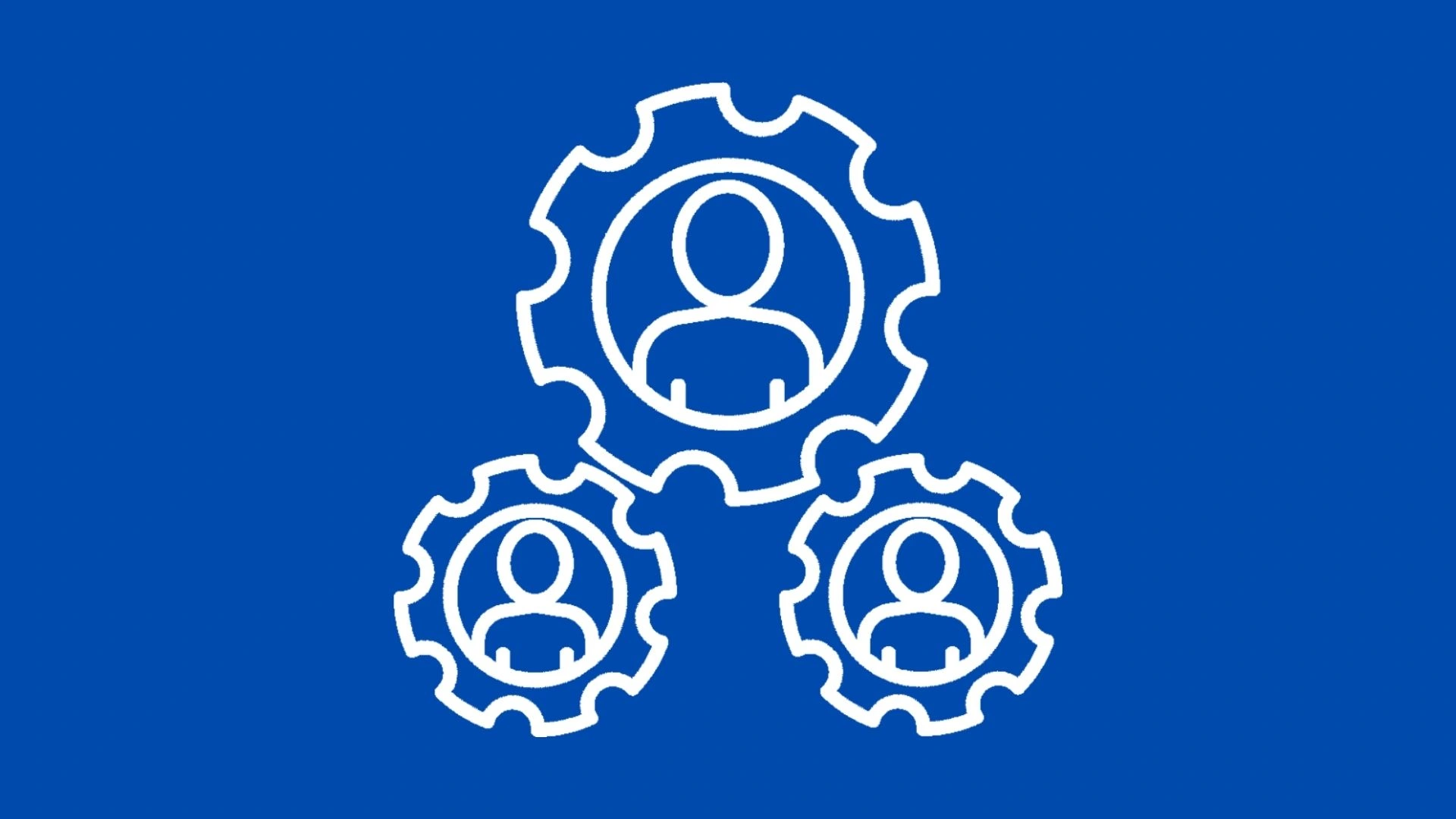That’s the real truth.
And it usually goes like this: a company comes into a market and acquires another company it’s interested in. Or it thinks it’s interesting. And then several things happen: either the company simply jams the company it bought (this is a rarer option, and then, usually 2-5 years later, it sells it), or it starts what is called “synergy” or “optimization.” There’s nothing fun about this; it’s usually a reduction in staff, additional costs (like free food in the office and office expenses), and getting rid of inventory.
You can find many examples of such optimization, from Kraft and Heinz to local examples.
That’s one of them I’d like to tell you about. There is a cardboard and paper mill in my home town. Standard stuff: packaging, toilet paper, and the like. And now, a large holding company has acquired and started optimizing it.
The problem is that optimization, although it is often what a business needs, cannot be done on the fly. If the new parent company decides to send in a manager to do the optimization, they have to dig deep into the company, its operations, and its business. But too many of these managers don’t get into the essence of what they are going to optimize. And that leads to problems.
First, they intimidate all employees with “staff optimization,” demotivating workers who are afraid of getting hit with layoffs. Usually, they will lay off 15-25% of the entire staff, and sometimes even more. The enterprise I’m talking about laid off almost one-fifth of all employees.
Then, they’ll take away the small joys of life: free lunch, snacks in the office fridges, or whatever. And be sure to optimize office expenses.
But the company will be lucky if it ends there. If it’s a manufacturing business, they’ll very often come to optimize your warehouse and inventory.
I’m telling you about What happened at the cardboard and paper mill. They optimized their warehouse inventory and ended up leaving the mill without a backup generator. Guess what happened when the main one broke down? That’s right, 1.5 days of downtime.
This isn’t an article, more like a memo so I won’t go into it in depth. I’ll just say that this is a very common problem. At its core lies a simple misconception: all acquiring companies believe that the business will improve after cutting costs.
Sometimes, this is indeed the case; any company tends to inflate its expenses over time. Often, no one inspects them, and the accounts accumulate expenses that can be avoided. The same happens with employees. You end up with dozens, sometimes hundreds, or even thousands of employees who are generally not needed. However, to get rid of such expenses, you need to delve into the essence of the business and understand which expenses are wasteful and which are not.
And this is not a quick process. Sometimes, you must observe the company for six months or even a year before you can optimize. So when one company buys another, unless it’s an acquisition for the sake of technology or patents, this period should be factored into the cost of the deal. You must understand that after the acquisition, you will spend several more months, or perhaps even a year before you can optimize.
Otherwise, you run all the risks of not optimizing the business but simply breaking it even more.




